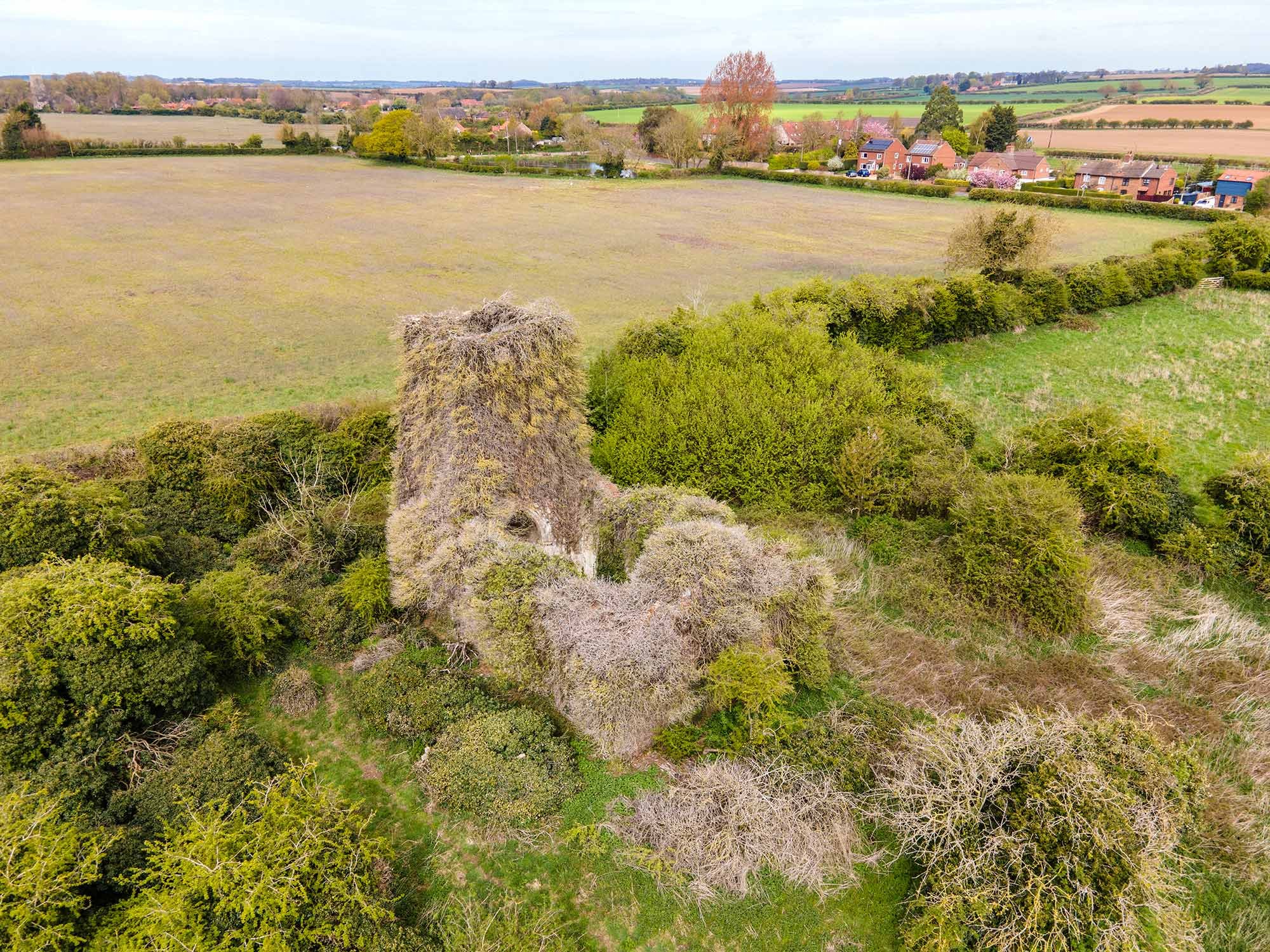
The hidden gem reclaimed by nature
Beneath the foliage and overgrowth of Norfolk’s countryside lies a seemingly indistinct church, waiting to reveal its long and varied history
Driving down the narrow and tricky country lanes that connect the villages of Norfolk requires concentration and quick reflexes, particularly if a deer decides to dash across the road. The same is true for the slim roads around Bircham Tofts, where you would be forgiven for overlooking the little medieval church nestled behind the high hedges in lieu of avoiding a fearless pheasant or two.
Taking a stroll down Church Lane, however, gives you plenty of time to spot the ivy-coated tower of St. Andrew’s church. Those curious enough may find a small gap in the hedges that leads to the overgrown wilderness of the churchyard. A literal hidden gem, the ruins of this historic building have been encased by over 80 years’ worth of ivy and elder, covering it completely.
The three villages that make up the parish of Bircham all have their own church, and it seems that for a long time, St. Andrew’s has been forgotten. In his 1883 History, Gazetteer, and Directory of Norfolk, William White compared the three churches. He described the largest, St. Mary’s of Great Bircham, as “a handsome structure in the Perpendicular style,” and noted that the doorway was “a fine specimen of the transitional Norman style.”
He then made his way to Bircham Newton and examined the church of All Saints, calling it “a small plain structure” with a colourful interior. The remains of a man were once discovered beneath the effigy of a priest, but divulging no further information on this intriguing case, White turned his attention to Bircham Tofts.
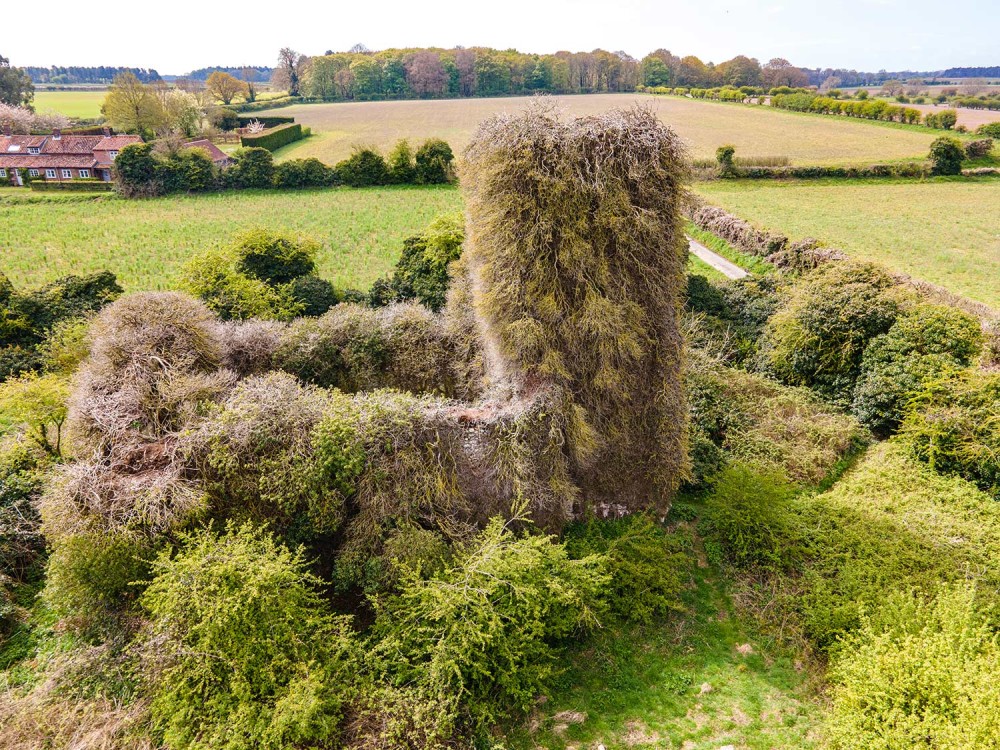
Regrettably, he did not have much to say about St. Andrew’s. The church consisted “only of a nave and a square tower containing one bell,” (unlike the extravagant five bells that rang in St. Mary’s tower) and the only window was “an ugly round-headed one.”
It was certainly plain in comparison to the more vibrant St. Mary’s, but St. Andrew’s still had its own charm. Though nature has reclaimed it and hidden much of its story, we thankfully still have records to help us imagine what it once looked like.
Estimated to have been constructed during the 13th century, the church followed the form of other Norfolk churches built throughout this period. Many of its features (like the tower and the font) were built in the Perpendicular style, which was the third and final style of English Gothic architecture (established throughout the 14th and 17th centuries). This was a trend that was unique to England; nowhere in Europe or the rest of the British Isles adopted it, and it’s typically characterised by large, four-centred arches, the enlargement of windows to great proportions and straight vertical lines in stone window tracery.
Despite William White’s low estimation of the church, St. Andrew’s was the beating heart of Bircham Tofts for centuries. Generations of families have been recorded in its registers, providing vital information to historians and those looking for their ancestors. We know that labouring and farming were the most common occupations for villagers throughout the 19th century, with many tending the arable soil around Bircham. There was also one family who specialised in basket making, serving the community for over 50 years. It is wonderful to be able to paint a picture of the village thanks to the care and upkeep of this seemingly inconsequential church.
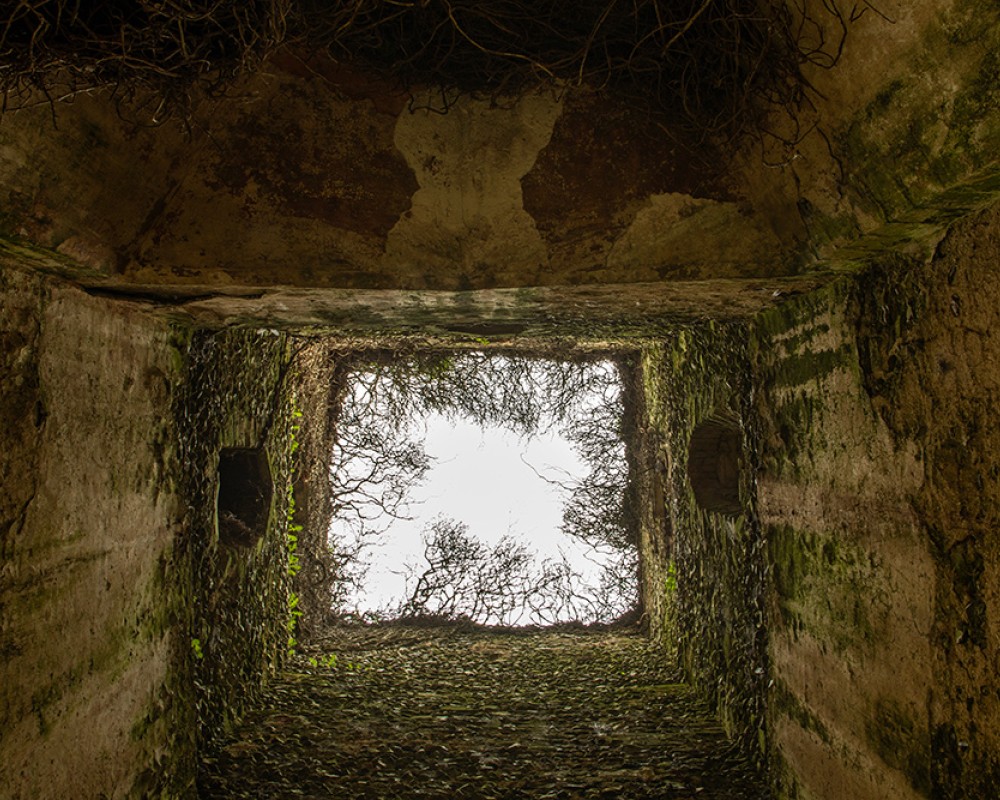
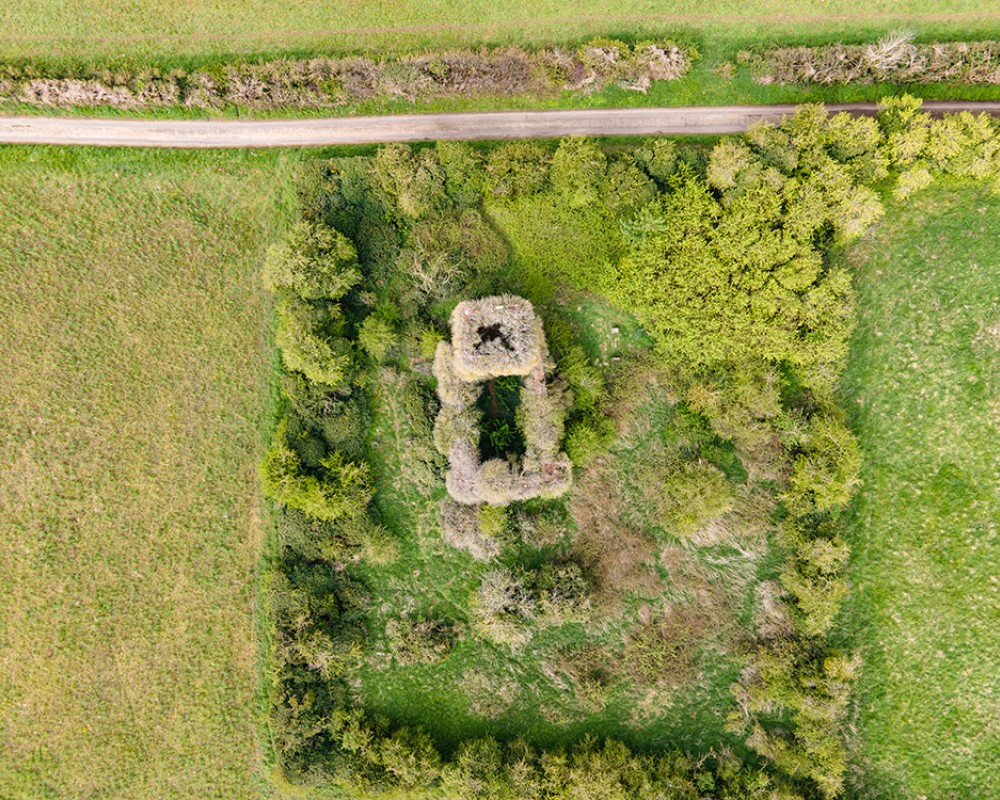
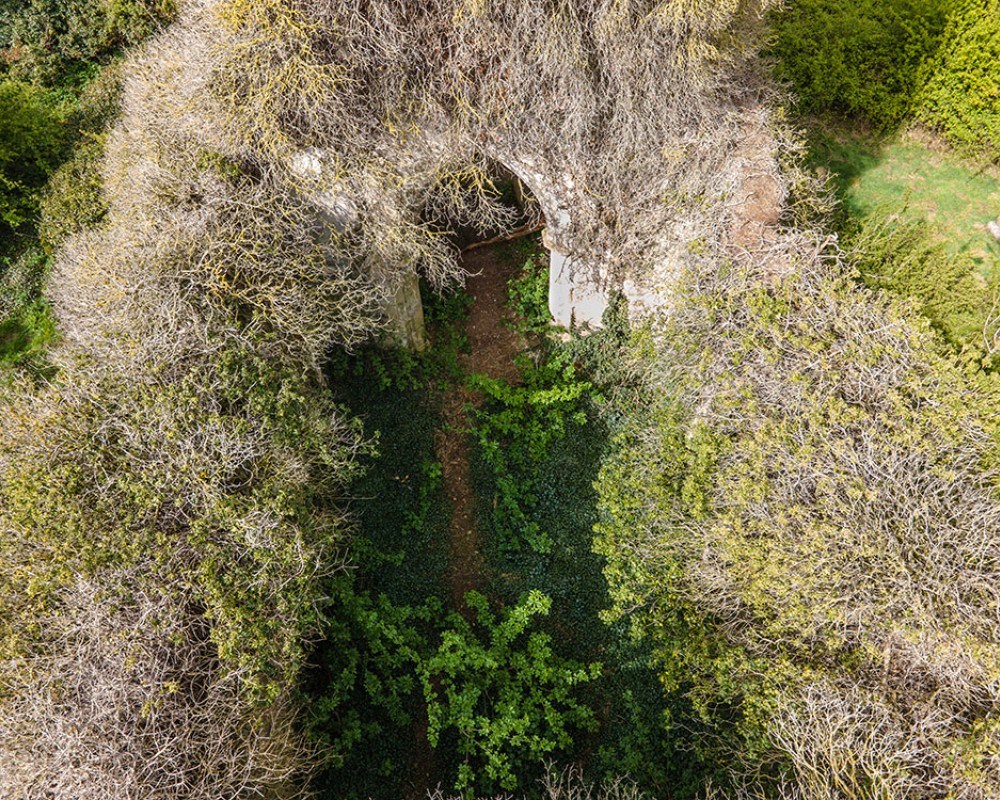
After the turn of the 20th century, however, St. Andrew’s was in decline. The larger village of Great Bircham lay only half a mile from Bircham Tofts, and for a long time it held the only amenities within the parish; the schools for the children of the three villages were based in Great Bircham, as was the post office. This resulted in a religious community that dwindled over time, but it wasn’t until the Second World War that the fate of St. Andrew’s church was sealed.
Deemed to be too close to Bircham airfield, and therefore a dangerous place for locals to go, the community was prohibited from attending services there. Its sad deterioration continued after the war, when it was unroofed in 1952 and finally abandoned, left alone for the ivy and elder to consume.
Although there is a chance the overgrowth may one day be cleared, as the County Council has done for other Norfolk churches in the past, there is a worry now that the ivy and elder are all that keep it upright. Despite its sorry appearance, St. Andrew’s church has stood the test of time and remained steadfast throughout the everchanging history of Norfolk. We hope it will continue to do so for many years to come.
